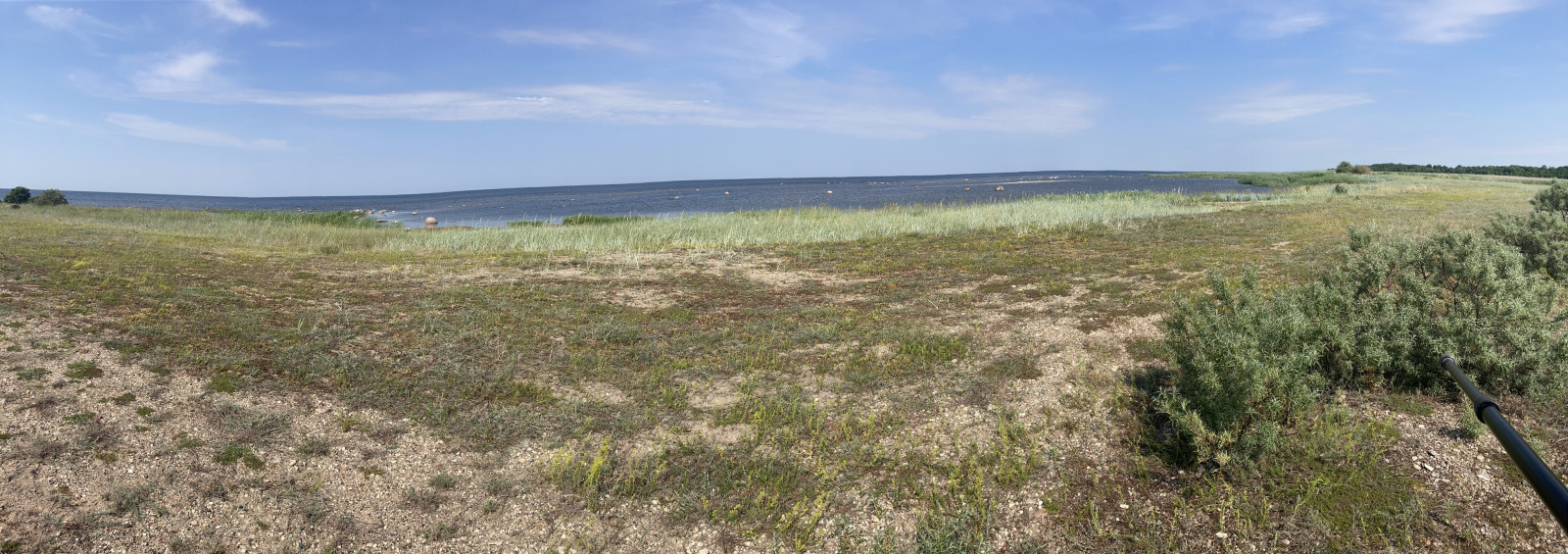Beschreibung
Kynö (Kihnu) is the largest island in the Gulf of Riga, and seventh largest in Estonia. The island covers an area of 16.9 km², being 7 km long and up to 3.3 km wide. The island of Kihnu has coastal meadows and mudflats that attract large amounts of wading birds . The shallow waters around the islands attract hundreds if not thousands of waterfowl. Most common are the Höckerschwan, Schellente, Stockente, and Kormoran. But large amounts of marine and dabbling ducks can also be found. The forests attract large amounts of passerine birds during the migration. Thousands of Buchfink, among others can be found. Rarer passerine birds can often be seen. The island is a good spot for watching migrating birds.
Details
Zugang
You need to take a ferry to get to the island from Munalaid, on the Lao peninsula. The ferry sails 3 times a day. For ferry tickets and schedule see the link below. The ferry can be boarded by car, motorcycle, and bicycle. As the Kihnu ferry is very small, however, it is recommend that you come on foot. The simplest option to explore the island is to rent a bicycle at the Port of Kihnu, with which you will be able to easily cover the entire island in a single day. If you want to bring your car on the ferry, it is wise to book in advance.
The most convenient way to visit Kihnu for one day is with the morning ferry, which departs the Port of Munalaid at 8.30 a.m. and arrives at the island at around 9.30 a.m. The ferry runs from Monday to Saturday. On Sunday, the earliest ferry departs at 11.30 a.m.





